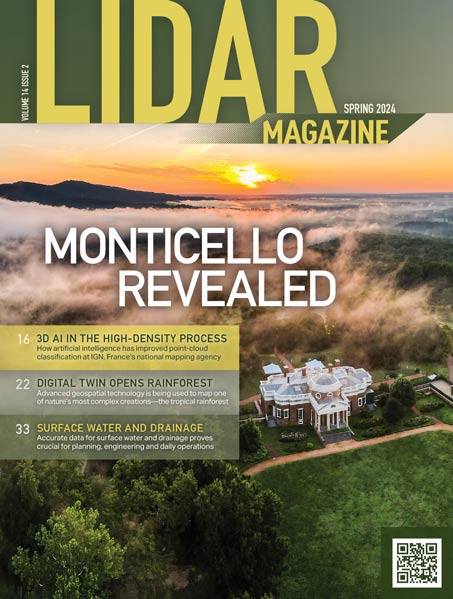Leicestershire, UK, 20 October 2016 Aerial mapping from Bluesky is helping to reduce the risk of trees falling on power lines, key roads and railways. Part of an NERC (Natural Environment Research Council) funded project, 3D data produced by Bluesky is being used by scientists at the University of Lancaster to refine a tree failure risk model that currently uses complex wind analysis techniques to assign a level of risk to individual trees.
The data – Blueskys unique UK National Tree Map, laser mapped 3D height models, Colour Infrared (CIR) data and soil data will help identify individual trees and their proximity to electricity, road and rail infrastructure, as well as help to make more detailed assessment of their location, health and other features that may cause failure. This is the first tree failure prediction model to approach the problem using individual tree parameters, rather than whole tree stands.
The aim of the project is to develop a scientifically based, robust and objective method to predict tree failure in severe weather conditions, commented Dr Alan Blackburn, Senior Lecturer at the Lancaster Environment Centre, part of the University of Lancaster. Using the Bluesky data, we will refine our existing model with better identification and location of individual trees and groups of trees. The data will also help us identify trees that may be in poor health or have other features that may contribute to failure, and therefore better inform pre-emptive measures.
We are also working with Bluesky to create a web based GIS application embedding the prediction model, to deliver the results to users across a range of sectors and applications in an intuitive and interactive map format.
James Eddy, Technical Director of Bluesky, added, The project team has already completed the first phase of work and has a functioning model that can run historic wind events or future wind predictions and assign a risk to each tree. By improving the initial representation of tree characteristics and context with our National Tree Map data, LiDAR height models and NDVI classification, it is hoped it will be possible to simulate individual tree failures and their impact on infrastructure networks.
The project, titled Delivering Resilient Power, Road and Rail Networks by Translating a Tree Failure Risk Model for Multi-Sector Applications, is being led by Lancaster University with funding from NERC and Scottish Power. Other stakeholders include UK Power Networks, Scottish Power, Transport Scotland, Scottish Water, Atkins Global, ADAS and the British Geological Survey (BGS).
About Bluesky
Bluesky is a UK-based specialist in aerial survey including aerial photography, LiDAR and thermal data using the very latest survey technology, including two UltraCam Eagles and an Orion M300 LiDAR system. An internationally recognised leader with projects extending around the globe, Bluesky is proud to work with prestigious organisations such as Google, the BBC and Government Agencies. Bluesky has unrivalled expertise in the creation of seamless, digital aerial photography and maintains national off the shelf coverage of aerial photography, DTM and DSM through an on-going three year update programme. By purchasing a World first sensor for the simultaneous capture of LiDAR, thermal and aerial photography data, Bluesky is in the enviable position of being able to provide customers with unique and cost effective solutions. Bluesky is also leading the way in developing innovative solutions for environmental applications, including the UKs first National Tree Map (NTM), solar mapping and citywide heat loss maps, and is currently developing noise and air quality mapping products. www.bluesky-world.com
